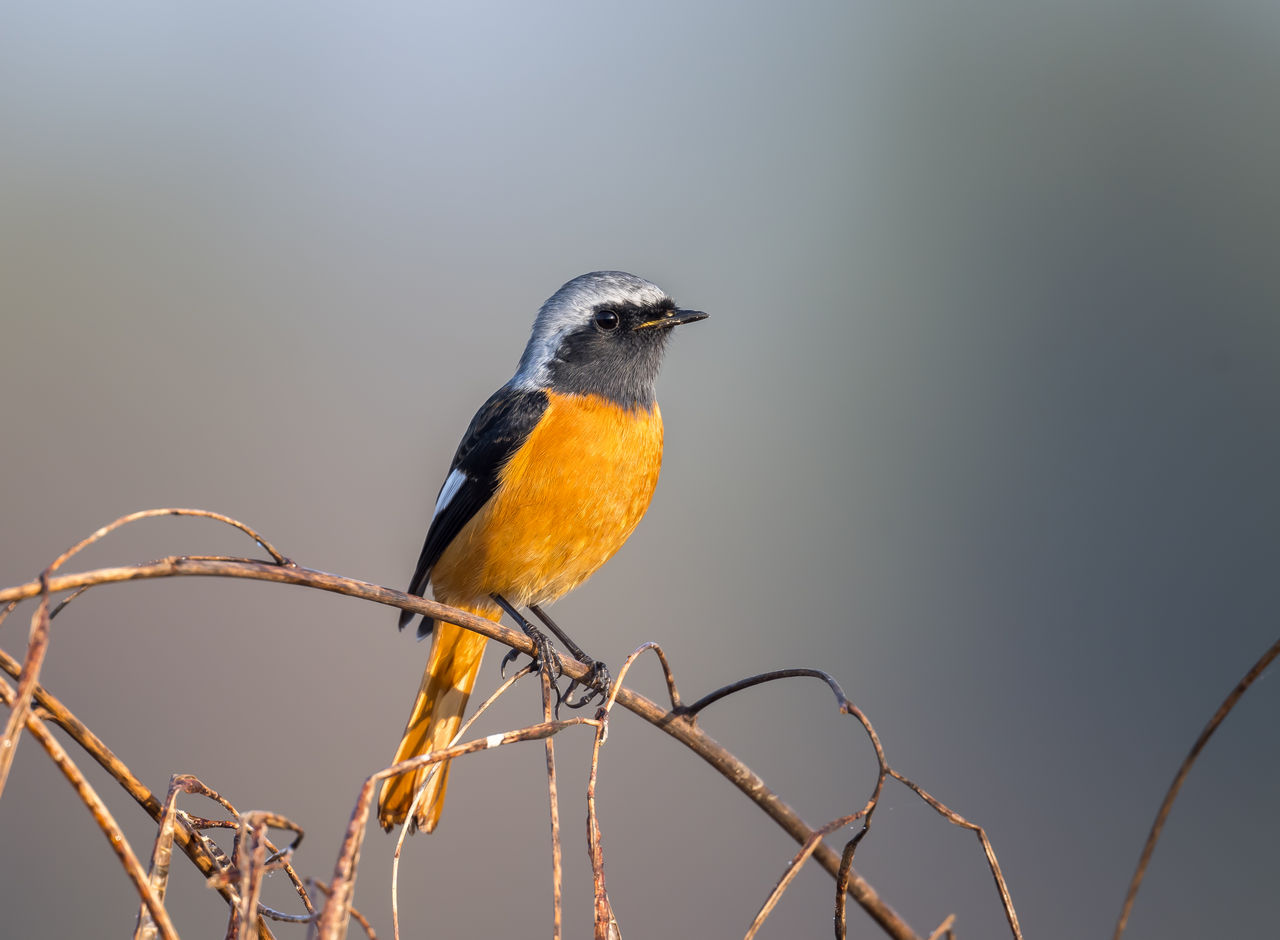Birding Shanghai in November 2024
After a recent longer post focusing on Dunlins, the species just makes a shorter appearance in this post … … even though I managed (a rarity for me) a half-decent flight shot. Red-throated Pipits include individuals that seem entirely misnamed … … while others still cling to their name-giving feature, at least a bit. If you are interested in expanding your life list without moving your ass (you know who you are), here is a paper suggesting to split the Water Pipit into three species. You might want to support the idea. The American Pipit will soon be renamed as the X Pipit, if Elon Musk gets his will. Crested Mynas apparently use egg size as an indicator to detect cuckoo eggs, which they then reject. But they are a bit slow on the uptake, leading researchers to conclude (and I think this sentence should become a part of self-help books all over the world) “We suggest that the periodicity of egg rejection experiments could be appropriately extended, especially for species with relatively low egg recognition ability.” Another paper reports that Crested Mynas add snakeskin (which in other areas of the world, e.g., Texas, is turned into very ugly cowboy boots and thus not available to mynas) to their nests. However, this addition seems to be absolutely pointless, as the paper finds that “There were also no significant differences in the number of nestlings hatched for each nest, nestling growing and breeding success between the snake slough and the non-snake slough group”. This finding does not keep the researchers from speculating about the rationale for adding the snake skin: “snake slough in crested myna nests may serve to reduce nest predation, improve the immunity of nestlings or serve as a post-mating sexual signal eliciting differential reproductive investment in mates”, ending with the classic “further research is needed”, which here is phrased as “these speculations require further investigation”. Saunders’s Gull is listed as Vulnerable. It is named after a banker (really?) who apparently was also a traveler, ornithologist, and an authority on the Laridae (says Cornell) – Howard Saunders (1835-1907). So, he died when he was 72 – must have felt like at least 100 years if he mainly focused on gulls … In any case, his obituary in Nature in 1907 notes that “IT is with unfeign regret that record the death of Mr. Howard Saunders, after a long and painful illness”. Can sexism ever by justified by facts? eBird states that the male Narcissus Flycatcher has eye-catching black, orange-yellow, and white plumage, while the female is extremely drab. A bit harsh, I think … Then again, if you see the male, there is some truth to it. Bramblings can be quite sexist themselves – a paper examining the sex distribution in large Brambling roosts found a much higher density of females at the periphery of the roost, a location that is more exposed to predation (source). Maybe it is partly a weight issue? In a study on Spotted Redshanks, males were found to be heavier and bigger than females. However, the head size of the males was smaller than that of the females. Not so smug now, are we, men? (Side note: that study involved stomach removal of the birds for gut analysis – I am not sure such studies are a good thing). A Grey Plover probably thought it was pretty safe to migrate at an altitude of about 3000 meters, at least from marauding scientists – until it was killed at that altitude by a Peregrine Falcon, as described here. The scientific name of the Taiga Bean Goose is Anser fabalis, which vaguely sounds like “fabulous” but unfortunately is not the reason for the species’ name. Apparently, fabalis means “of beans”, and Cornell at least provides a general explanation for the “Bean” in Taiga Bean Goose: “the regular appearance of flocks of wild geese, which arrive every autumn …at the time of bean harvest and when the bean stubbles were ready for them”. While this Little Grebe looks like it has been overdoing its cocaine use … … in the literature, there is a report of a Little Grebe eating a mammal. Maybe a consequence of drug use? eBird calls the Yellow-bellied Tit a “tiny luminous ball of feathers”, which sounds about right. For the Black-faced Bunting, eBird seems to be a bit ambiguous on whether this bird is a skulker or not: “A small songbird that often skulks deep in shrubbery but emerges to forage in the open more than some buntings”. So, eBird, on a scale from 1 to 10, with 1 being an invisible bird and 10 one totally out in the open, where do you locate this bunting? (you can tell my background and experience in doing management consulting, in particular, workshops, from this question). The Grey Heron does not skulk. How could it, given its open environment? It is not so much an issue of size – Eurasian Bitterns (which are not small birds) – are much better at camouflage. Incidentally, “Camouflage” is also the title of a song by Stan Ridgway, previously of Wall of Voodoo, responsible for probably the best ever


After a recent longer post focusing on Dunlins, the species just makes a shorter appearance in this post … … even though I managed (a rarity for me) a half-decent flight shot. Red-throated Pipits include individuals that seem entirely misnamed … … while others still cling to their name-giving feature, at least a bit.

 vigna
vigna 





